Lecture
The structural parameter reflecting the excess of the total number of bonds over the minimum necessary will be called structural redundancy R. It is defined as follows:
 (2)
(2)
This characteristic is used to indirectly assess the economy and reliability of the aircraft under study. For systems with maximum redundancy, having a full graph structure  ; for systems with minimal redundancy R = 0; for disconnected systems
; for systems with minimal redundancy R = 0; for disconnected systems  . Thus, a system with a large R is potentially more reliable. It is advisable to supplement it with another parameter that takes into account the unevenness of ties.
. Thus, a system with a large R is potentially more reliable. It is advisable to supplement it with another parameter that takes into account the unevenness of ties.  .
.
The uniform distribution of links in the structure of an undirected graph with m edges and n vertices is characterized by an average degree of vertex  . Then, introducing the concept of deviation
. Then, introducing the concept of deviation  Where
Where  - the real degree of the i-th vertex of a given graph, it is possible to determine the quadratic deviation of a given distribution of the degrees of the vertex from the uniform one:
- the real degree of the i-th vertex of a given graph, it is possible to determine the quadratic deviation of a given distribution of the degrees of the vertex from the uniform one:
 (3)
(3)
Indicator  characterizes the underutilized capabilities of a given structure with m edges and n vertices in achieving maximum connectivity.
characterizes the underutilized capabilities of a given structure with m edges and n vertices in achieving maximum connectivity.
The law of redundancy of parts of the system
The law of redundancy of parts of the system provides that approximately 20% of the functions, elements and connections of the system perform about 80% of the work. When creating a workable system, it is necessary to take into account that in order to perform any work, besides the basic elements and connections (performing the main function), approximately 80% of auxiliary is needed, and they, as a rule, perform only 20% of the main work. Taking this into account, it is necessary to envisage an “extra” consumption of substance, energy and information (approximately 20% for the provision of the main function and 80% of the main and auxiliary ones).
Excessiveness may be functional and structural .
Functional redundancy is determined by the fact that in order to ensure the health of the system, in addition to the main function, it is necessary to perform more basic and auxiliary functions .
Structural redundancy is determined by the need to introduce additional elements and connections , except for the working body . To ensure the performance of the system; additional equipment is needed: transmission, power source and energy converter (engine), control system and housing .
Structural - topological characteristics of systems.
When analyzing a system, it is advisable to quantify the quality of the structure of the system and its elements from the standpoint of a system-wide approach.
AT  ides of topological structures. Types of topological structures consider the example of five elements.
ides of topological structures. Types of topological structures consider the example of five elements.
. Types of topological structures: a) consistent structure; b) ring structure; c) radial structure; d) tree structure; e) a full graph type structure; e) incoherent structure
Connectedness structure This characteristic makes it possible to single out the presence of breaks, hanging vertices, etc. For undirected graphs, the connectivity of all elements in the structure corresponds to the condition:

In the ratio (4.6) 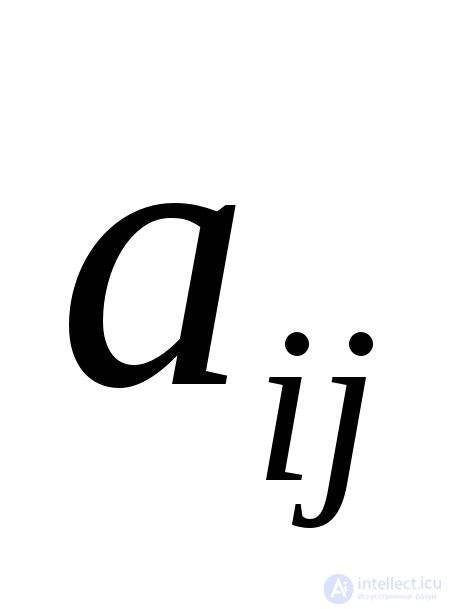 - an element of the adjacency matrix. The right-hand side of (4.6) determines the required minimum number of links in the structure of an undirected graph containing n vertices. The coefficient 0.5 is taken due to the fact that the same relationship d. And a is taken into account twice.
- an element of the adjacency matrix. The right-hand side of (4.6) determines the required minimum number of links in the structure of an undirected graph containing n vertices. The coefficient 0.5 is taken due to the fact that the same relationship d. And a is taken into account twice.
Relation (4.6) can be rewritten as

those. this is nothing but the number of edges in an undirected graph. We define m as a function of n for the main types of structures in general form.
Consistent structure Obviously 
Ring structure. Obviously 
Radial structure. Obviously 
Tree structure. It is difficult to say in general terms, since the parameter is determined by the type of tree.
The structure is a complete graph. For the first element, the number of connections is n-1, since it is associated with all elements except itself. The second element is n-2 connections, because no connection with himself,
and the connection with the first we have already taken into account. Similarly, the third - n-3 IT. d. The latter has 0. because all the connections are taken into account. So, we have

For a disconnected structure, this characteristic does not make sense.
Structural redundancy. This is a structural parameter reflecting the excess of the total number of bonds over the required minimum number of bonds. In relation (4.6), we divide all terms by n-1 and denote the difference by R. Then we will have

Where R is structural redundancy.
Let us find the structural redundancy for the considered type structures in a general form, taking into account the previously found dependence m = m ( n ).

This structural characteristic is used to indirectly assess the efficiency and reliability of the system under study. For systems with redundancy - R > O, for systems with minimal redundancy - R = O, for disconnected systems - R <0.
Structural compactness.
For its evaluation, a parameter is introduced that reflects the proximity of the elements to each other. The proximity of 2 elements i u j determined by the minimum path length for a directed graph (chain - for undirected) -  . Then the sum of all minimal paths (chains) between all the elements reflects the habitable structural proximity of the elements in the analyzed structure. Denote this value by Q and, in accordance with the definition, we will have:
. Then the sum of all minimal paths (chains) between all the elements reflects the habitable structural proximity of the elements in the analyzed structure. Denote this value by Q and, in accordance with the definition, we will have:

The degree of centralization of the structure.
1. The least “centralized” and the most “eroded” from these positions are the ring and full graph structures in which the elements are loaded in exactly the same way. For these two structures, structural compactness

Where 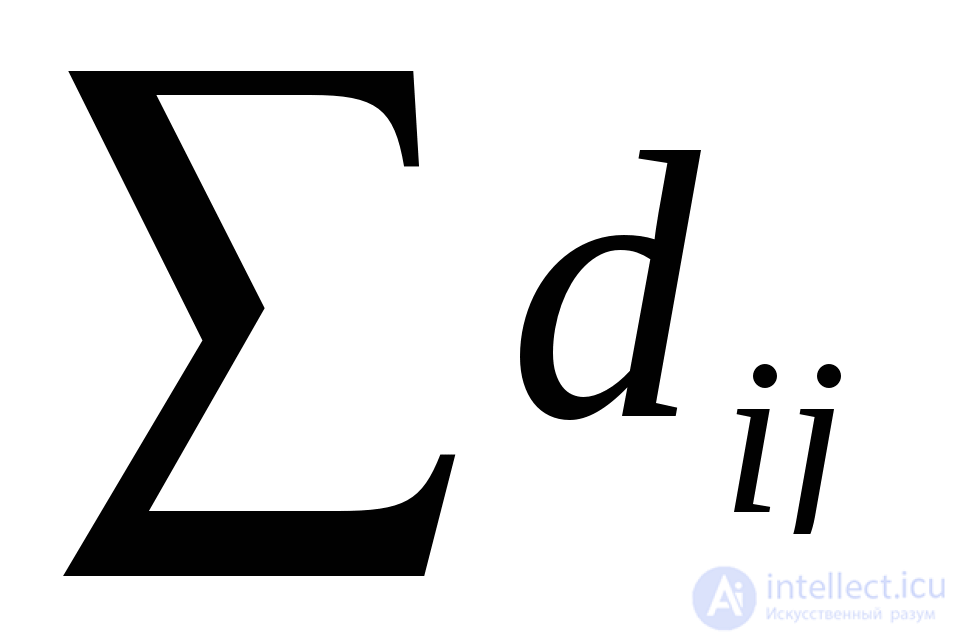 - the sum of the distances from the jth element to all others.
- the sum of the distances from the jth element to all others.
2. But, on the other hand, the more compact the structure, the easier it is for the center to manage it. Therefore, we introduce a new parameter (Y, expressed in  and increasing with increasing compactness.
and increasing with increasing compactness.
We introduce the concept of centrality index, defining it as

For structures with a maximum degree of centralization (radial)  , for structures with uniform distribution of connections (ring and full graph)
, for structures with uniform distribution of connections (ring and full graph) 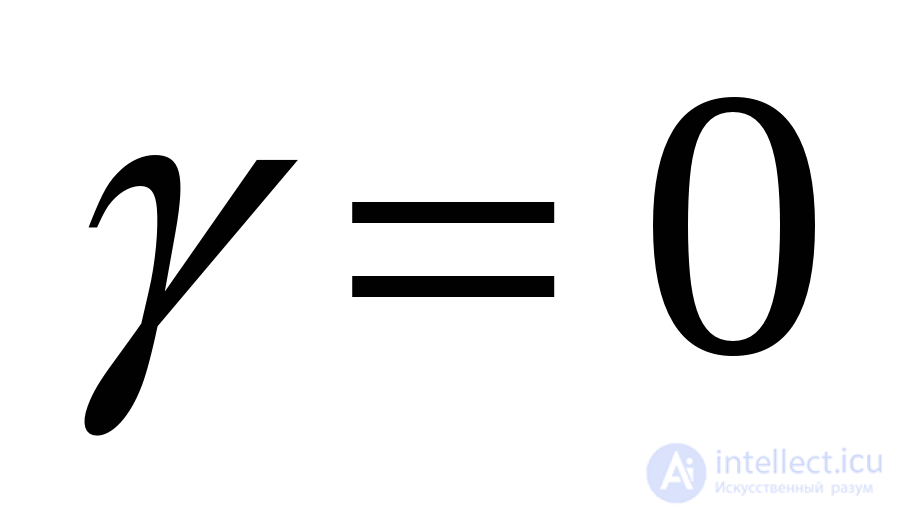 .
.
Comparative analysis of topological structures. The results of the calculation of topological characteristics for typical structures (for the case of 5 elements) are summarized in Table 4.16. For the tree structure, calculations will be made directly based on the definitions of the parameters.
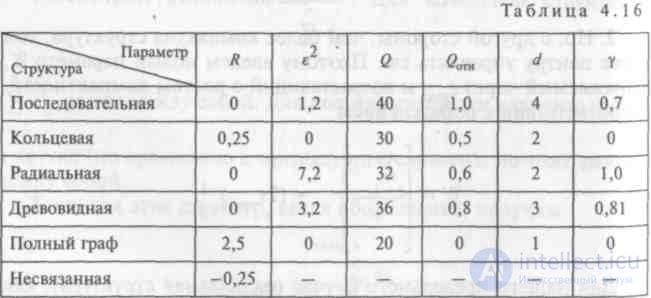
Analysis table. 4.16 shows the following.
For disconnected structures, structural redundancy R <0, for structures without redundancy (sequential, radial, tree) R = 0; for structures with redundancy by connections (ring, full graph) R> 0
 , the radial structure is the most uneven.
, the radial structure is the most uneven. ) has a structure like a full graph, the smallest - consistent.
) has a structure like a full graph, the smallest - consistent.
4. Radial and tree structures having the same or similar values.  significantly differ in performance
significantly differ in performance 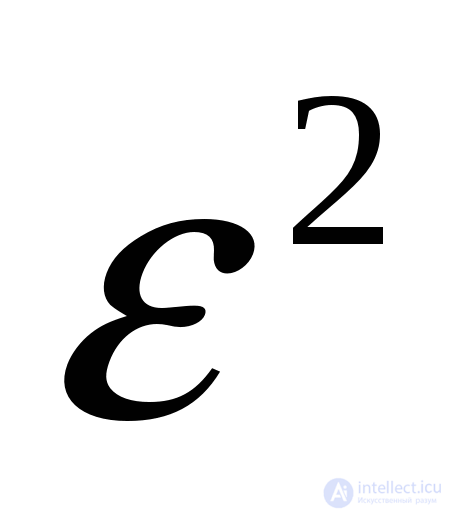 and
and  that corresponds to the physical
that corresponds to the physical
meaning, because a departure from full centralization in the structure leads to a more even distribution of connections among the elements.
The above structural characteristics were obtained only on the basis of information on the composition of the elements and their connections. Further development of the methodology of structural parameters for solving problems of structural analysis can be based on accounting for non-structural information by introducing numerical functions on the graphs. This allows, along with the composition of the elements and the direction of their interaction, to take into account when solving problems other aspects of their functioning (temporary, reliability, cost, etc.)
Let us further consider the third level of formalization of structural analysis tasks, when the composition of the signals of the interrelation of elements and their appearance is taken into account. Recall that at the first level only the presence of a connection between the elements was taken into account, at the second - the presence and direction of this connection.
Comments
To leave a comment
System analysis (systems philosophy, systems theory)
Terms: System analysis (systems philosophy, systems theory)